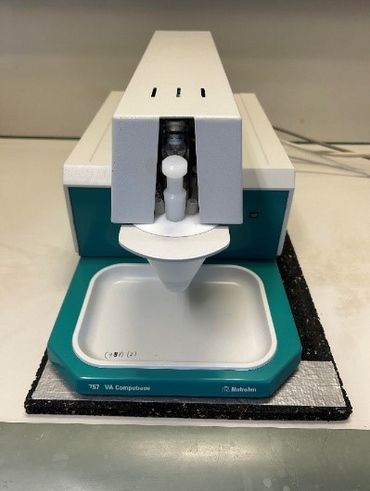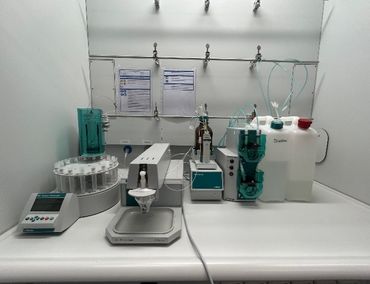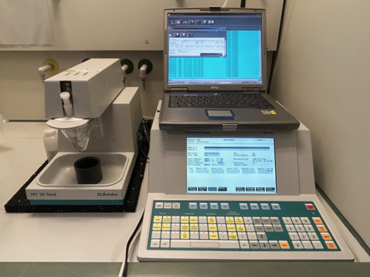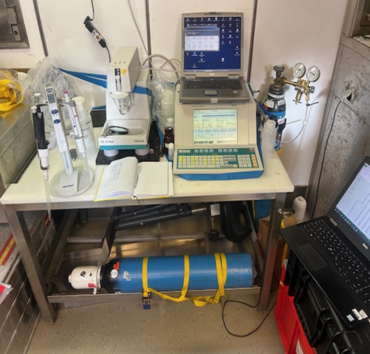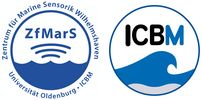Head
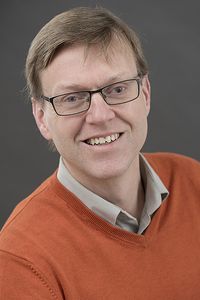
Prof. Dr. OLIVER WURL
Voltammetry
Voltammetry is an analytical technique that measures the current as a function of applied potential in an electrochemical cell. This method is widely employed for the detection and quantification of various chemical species, including trace elements and pollutants. In the context of seawater analysis, voltammetry becomes a powerful tool for understanding the concentration of surfactants, which are organic compounds that reduce surface tension and are abundant in natural waters.
Surfactants in seawater can be challenging to quantify due to their low concentrations and the complexity of the matrix. Voltammetry addresses these challenges by utilizing electrodes to measure the drop of current as a result of the adsorption surfactants on the working electrode. The technique provides high sensitivity allowing for precise determination of surfactant concentrations in seawater samples.
Since 2014, the MI group has analysed thousands of samples, making a significant milestone by quantifying. The first time, the reduction of global air-sea CO2 fluxes attributed to the ubiquitous presence of surfactants films on the ocean (refer to Ili’s paper). Our analytics on marine surfactants spans all climate zones, from the extremes of the high Artic to the equatorial tropics. The MI group took part in a European comparative study on the detection of surfactants in seawater (link to paper).
Our voltammetry lab includes currently three operating systems. The principle of this technique has not changed for decades and our oldest voltammetry system (fig.1) dates back to the 1990s. It works very well. Our newest system (fig. 2) has an autosampler and the automatic addition of an internal standard. The third system is on loan from Prof. Dr. Wittstock (fig.3). We apply this technique on research vessels for rapid processing of fresh samples. Our voltammetry laboratory is not limited to surfactant analysis; we welcome new development and use of additional applications. Interested parties are encouraged to reach out for more information or potential collaborations.
